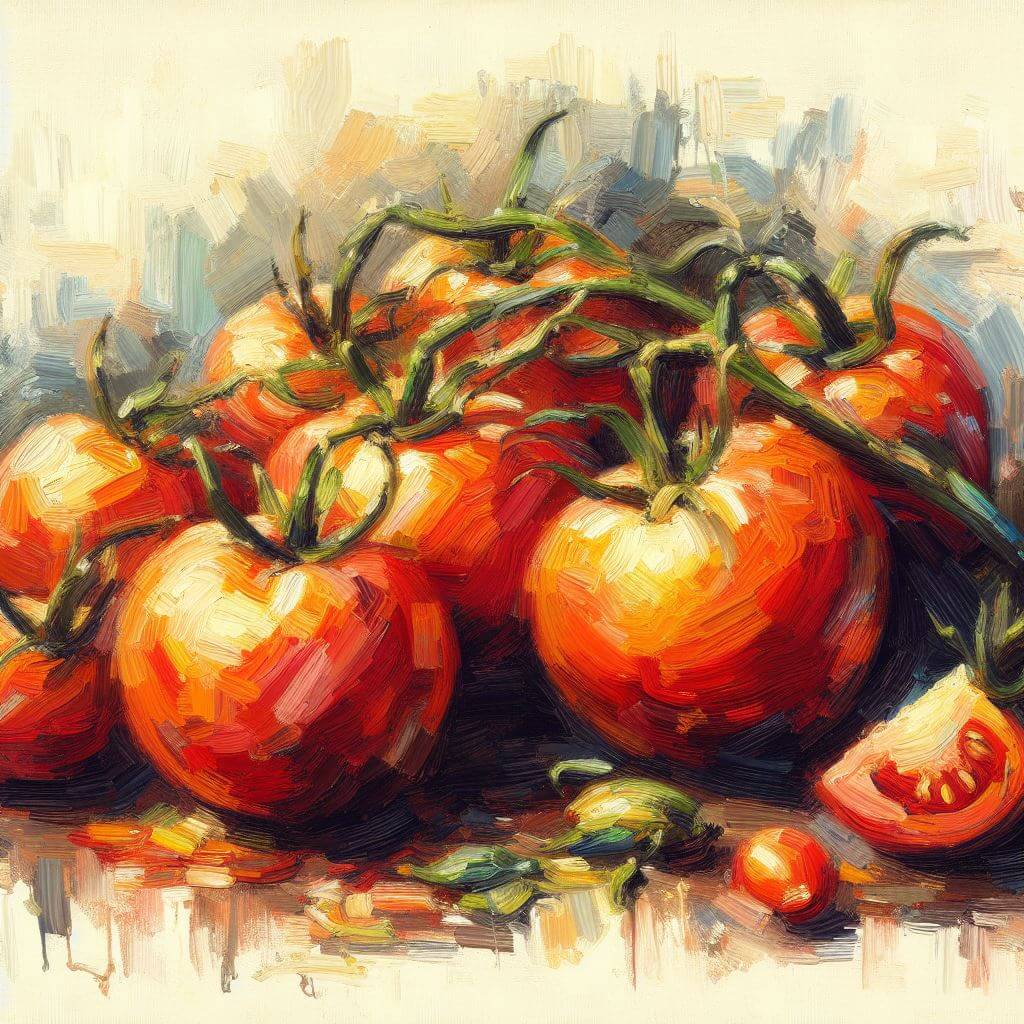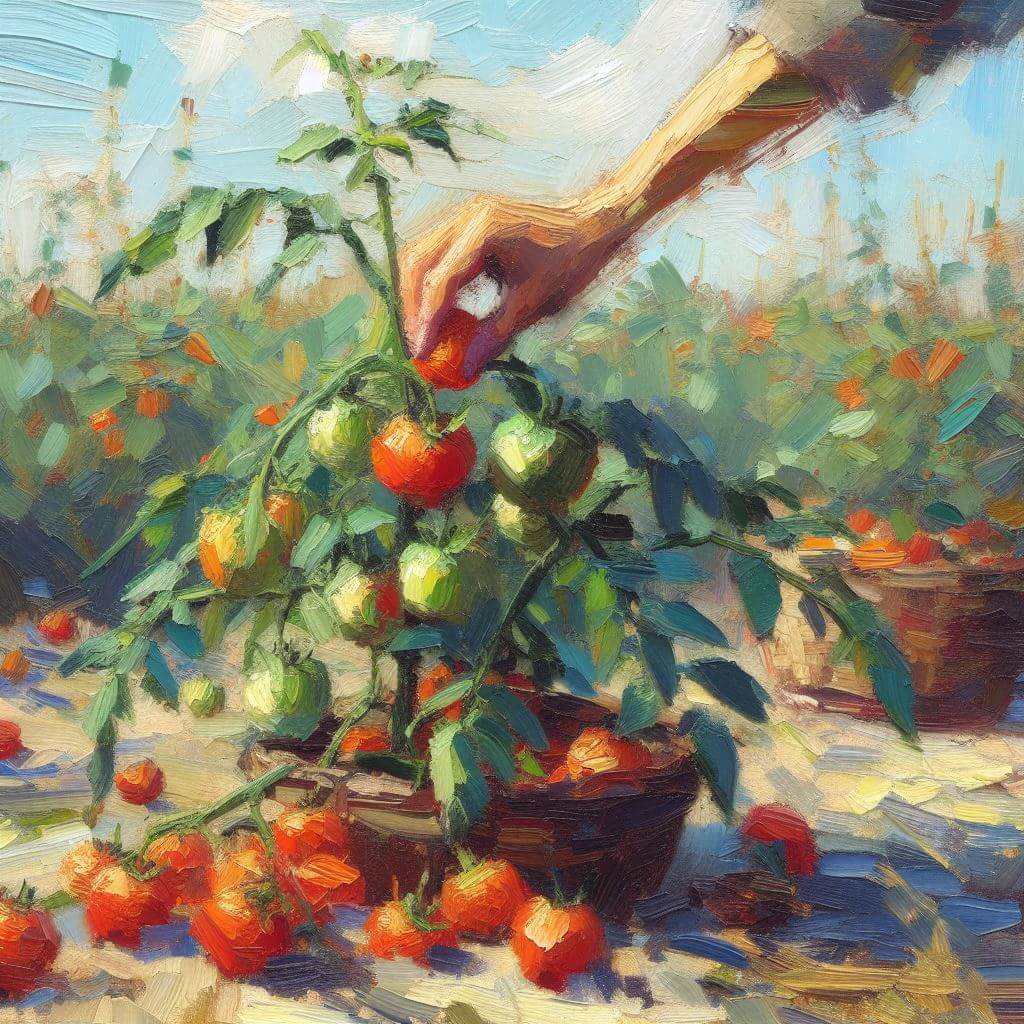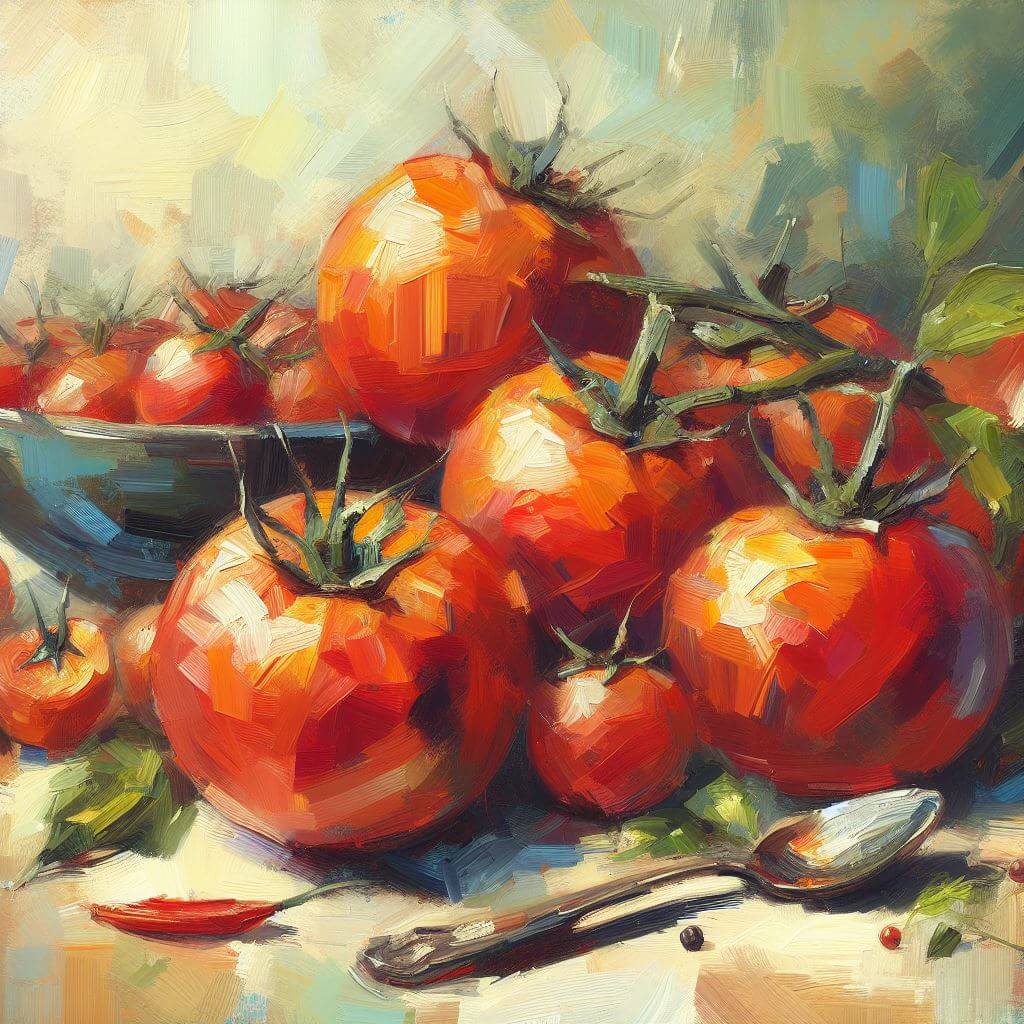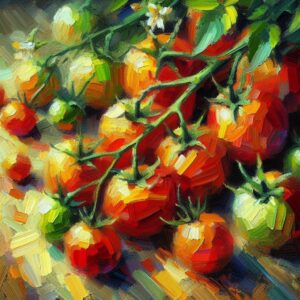
Gardening is not just a hobby; it’s an art form that requires both knowledge and passion. Among the myriad of plants one can grow, tomatoes stand out with their versatility and wide-ranging benefits, particularly in Oklahoma, where the climate and soil conditions make it an excellent region for tomato cultivation.
Tomatoes: A Gardener’s Delight
Tomatoes are a staple in most households, and for a good reason. They are packed with vital nutrients like Vitamin C, potassium, and lycopene, a powerful antioxidant. Growing your own tomatoes not only provides a healthier alternative to store-bought ones, but also offers a rewarding gardening experience.
Oklahoma: A Haven for Tomato Cultivation
Oklahoma’s climate, characterized by hot summers and mild winters, is conducive to tomato cultivation. The state’s fertile soil, rich in essential nutrients, provides the perfect foundation for the growth of these plants.
The region’s ample sunlight and well-distributed rainfall, along with its moderate humidity levels, contribute to the thriving of tomato plants. These optimal conditions make Oklahoma a prime location for growing robust, juicy tomatoes.

Best Time to Plant Tomatoes in Oklahoma
Timing is everything when it comes to planting tomatoes, and in Oklahoma, the ideal planting season is in early spring. Specifically, mid to late March is considered the prime time to plant tomatoes. The reason behind this is that tomatoes need a long, warm growing season, and planting them in early spring ensures they get just that.
However, keep in mind that the growth and yield of tomato plants can vary depending on the specific time they are planted. For instance, planting too early in the year may expose the young plants to late frosts, which can be damaging. On the other hand, planting too late may not give the plants enough time to mature and produce fruit before the first fall frosts.
When to Plant Tomatoes in Oklahoma: Region-Specific Recommendations
Northwestern Oklahoma
This region, which includes areas like Enid and Woodward, experiences relatively cooler weather compared to the rest of the state. The growing season begins later, so the best time to plant tomatoes here is from late March to early April when the soil has warmed sufficiently.
Northeastern Oklahoma
This area includes areas like Tulsa and Miami. It has a temperate climate with a slightly longer growing season. Here, tomatoes can typically be planted in mid to late March, after the last frost.
Southwestern Oklahoma
Areas like Lawton and Altus fall in this region. It is characterized by a semi-arid climate with hotter summers. The ideal window to plant tomatoes usually begins around mid-March, after the danger of frost has passed.
Southeastern Oklahoma
This region includes areas like McAlester and Durant. It has a humid subtropical climate with mild winters and hot, humid summers. The best time to plant tomatoes is from early to mid-March, once the soil warms and the risk of frost has passed.
Central Oklahoma
This area encompasses areas like Oklahoma City and Norman, and is known for its temperate climate. Here, mid to late March is typically the optimal time to plant tomatoes, as the frost likelihood is significantly reduced.
Remember, these are general guidelines and actual planting times may vary based on specific local weather conditions and the variety of tomatoes being planted. Always monitor your local weather forecasts and soil temperatures for the most accurate planting times.

How to Plant Tomatoes
Growing tomatoes isn’t rocket science, but it does require some basic knowledge. Here are some simple steps to get you started:
Prepare the Ground: Start by preparing a garden bed in a sunny location, 6-8 hours of sun per day is optimal. Ensure the soil is well-drained and enriched with organic matter.
Plant the Tomatoes: Dig holes that are deep and wide enough to accommodate the root ball of your tomato plants. Place the plants in the holes and cover them with soil, ensuring that the lower leaves are just above the soil surface. If you are starting from a seed then plant it about a quarter inch deep in the soil.
Water and Fertilize: After planting, water the tomatoes thoroughly and apply a balanced fertilizer to provide essential nutrients.
Mulch and Stake: Applying a layer of mulch around the plants can help retain soil moisture and control weeds. Staking or caging the plants can provide support as they grow and help prevent diseases.
Monitor and Maintain: Regularly check your plants for signs of pests or diseases, and water them as needed.
Tomato Varieties Suitable for Oklahoma
Choosing the right tomato variety can make all the difference in your gardening experience. In Oklahoma, the hot summers and mild winters call for varieties that can withstand heat and still produce a plentiful harvest. Here are a few varieties that are particularly well-suited for the Oklahoma climate:
Heatmaster: True to its name, the ‘Heatmaster’ thrives in hot weather. This variety is known for its large, robust tomatoes that are perfect for slicing. It’s a reliable choice for Oklahoma gardeners seeking a consistent, heavy yield despite the heat.
Solar Fire: This variety is not just heat-resistant but also a prolific producer. ‘Solar Fire’ tomatoes are round, juicy, and have a classic tomato flavor. They mature early, allowing you to enjoy your harvest sooner.
Phoenix: The ‘Phoenix’ tomato is another variety bred for heat tolerance. It produces large, globe-shaped tomatoes with a delicious flavor. It’s highly resistant to disease, making it a great choice for novice gardeners.
Cherokee Purple: This heirloom variety is beloved for its unique, dark purple fruits and sweet, rich flavor. Despite not being specifically bred for heat resistance, it’s known to perform well in Oklahoma’s climate.
Celebrity: This is a versatile, all-purpose variety that produces medium-sized, flavorful tomatoes. ‘Celebrity’ is a favorite among gardeners for its disease resistance and adaptability to different climates, including Oklahoma’s.

The Intricacies of Growing Tomatoes
The process of growing tomatoes, although straightforward, requires attention to detail. Each step, from choosing the right variety, and preparing the soil, to regular maintenance, plays a crucial role in the final outcome.
Soil Preparation: The Foundation of a Healthy Plant
The soil is the foundation of your tomato plant and preparing it properly can significantly impact the plant’s growth and yield. For tomatoes, a well-draining soil rich in organic matter is ideal. Adding compost or well-rotted manure can improve the soil structure and provide essential nutrients. Also, maintaining a slightly acidic soil pH, between 6.0 and 6.8, can enhance nutrient uptake and promote healthy growth.
Planting: Setting the Stage for Growth
When planting tomatoes, place them deep into the soil, up to their first set of true leaves. This encourages the development of additional roots along the buried stem, leading to a stronger, more robust plant. Also, allow ample space between plants, around 24-36 inches, to ensure proper air circulation and reduce the risk of disease.
Watering: The Lifeline of Your Plant
Proper watering is key to the successful growth of tomatoes. They prefer deep, infrequent watering as opposed to frequent shallow watering. This encourages the roots to grow deeper into the soil, improving the plant’s drought tolerance. However, avoid waterlogged soil as it can lead to root rot and other diseases.
Regular Maintenance: The Key to a Bountiful Harvest
Regular maintenance, including pruning, staking, and monitoring for pests and diseases, is essential for a healthy tomato plant. Pruning helps direct the plant’s energy towards fruit production, while staking provides support to the plant and keeps the fruits off the ground, reducing the risk of disease. Regularly check your plants for signs of pests or diseases, and take prompt action to mitigate any issues.
Remember, the essence of gardening lies not in the destination, but in the journey. With patience, persistence, and a bit of TLC, you’ll be rewarded with a bountiful harvest of juicy, home-grown tomatoes. Happy gardening!



